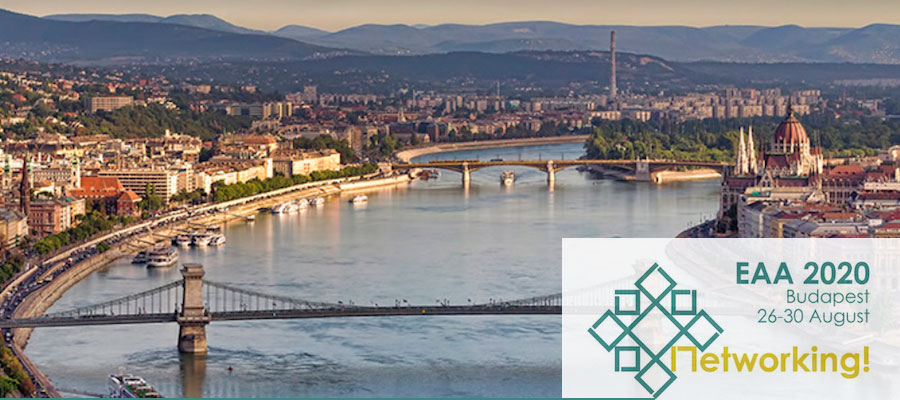In Textile Layers: Wrapped Human Remains, Animals and Artefacts in the Nile Valley from Prehistory to the Early Medieval Period, session at the 26th European Association of Archaeologists Annual Meeting, Budapest, August 26–30, 2020
This session aims to design a methodological approach to the study of wrapped remains and artefacts from the Nile Valley. “Wrapping” here encompasses textile bandages, shrouds and clothing that wound, bound or enveloped humans and animals as part of funerary treatments and textiles used to ritually cover grave goods and dress divine figures. Throughout the long history of ancient Egypt, funerary wrapping was used to an even industrial scale, which led to the development of dedicated embalming workshops, diverse material sourcing channels, specialised skill sets, and commercial markets. An unparalleled amount of wrapping materials have survived and is today kept in European museums, as well as in numerous cultural institutions in Egypt, Sudan, and worldwide. Despite the ubiquity and historical potential of this practice, wrapping and wrapped remains have not been the focus of specific scholarly research.
Through the all-encompassing approach of textile wrappings, we will reveal the network of interconnected crafts and processes necessary to manufacture them and turn them into economically, ritually and epistemologically powerful artifacts. We will add layers to our knowledge of textiles, raw material supply and recycling channels, wrapping techniques, as well as their development through time and their religious functions and ritual purposes across contexts.
We hope to bring together researchers from universities and museums, with varying and interdisciplinary approaches spanning from egyptology, philology, archaeology, history, and conservation, to physical anthropology, forensic and biomolecular sciences, and imaging technologies. The main outcome of the session will be a new, interdisciplinary network, dedicated to cross-institutional collaborations and innovative interpretations. Our joint discussions will result in a landmark publication merging detailed case studies at the fore-front of current research with a newly defined methodological model.
Session organizers
Luise Brandt, The GLOBE Institute, University of Copenahgen
Elsa Yvanez, Centre for Textile Research, University of Copenhagen
Matilde Borla, Soprintendenza Archeologia, Belle Arti e Paesaggio per la città Metropolitana di Torino
